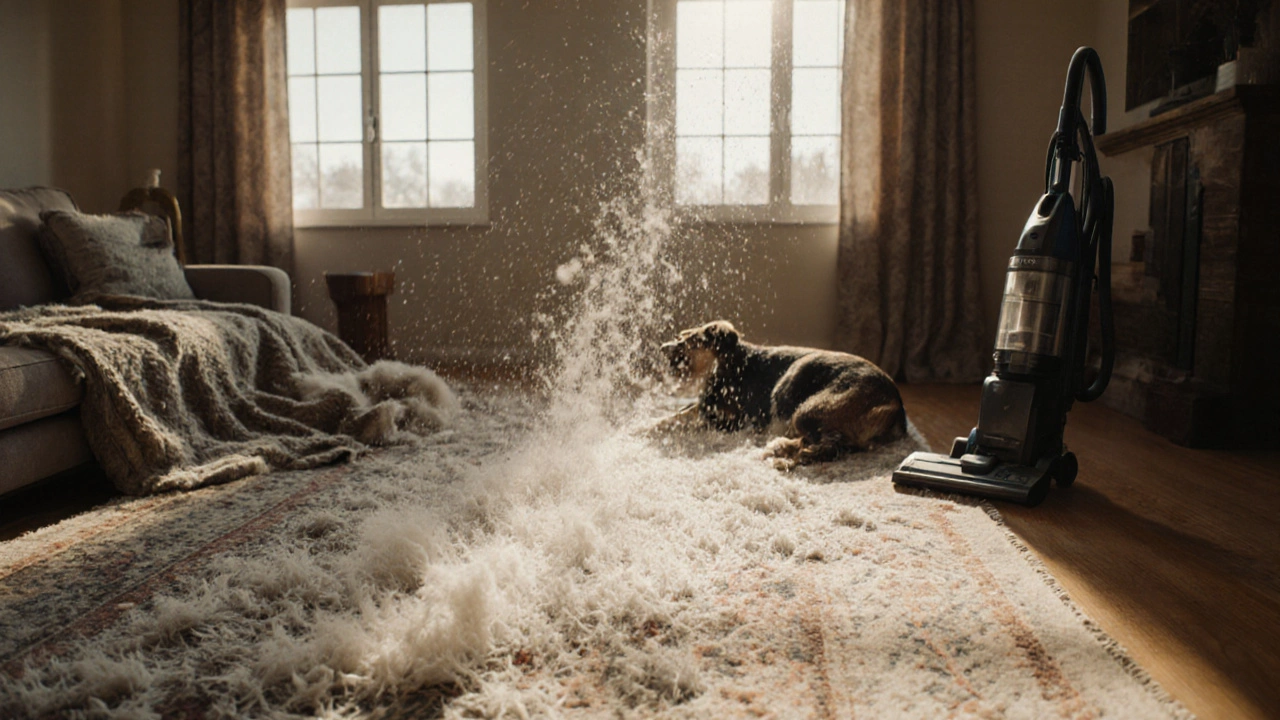Rug Fibers: What They Are, How They Perform, and What to Choose
When you buy a rug, you’re not just buying a pattern or a color—you’re buying rug fibers, the physical material that makes up the surface you walk on every day. Also known as pile material, these fibers determine how soft, durable, stain-resistant, and long-lasting your rug will be. It’s the difference between a rug that looks nice for a year and one that holds up through kids, pets, and heavy foot traffic for a decade.
Not all rug fibers are the same. wool, a natural fiber from sheep, is naturally resilient, moisture-wicking, and biodegradable. It’s the go-to for high-end rugs because it springs back after being crushed and resists static and dirt. Then there’s nylon, a synthetic fiber that’s tough, stain-resistant, and often used in commercial spaces. It’s what you’ll find in high-traffic areas like hallways and living rooms because it doesn’t flatten easily and handles spills well. Polyester and polypropylene are cheaper synthetics—they’re good for outdoor use or budget picks, but they don’t hold up as well under heavy use. Cotton rugs feel soft and are easy to clean, but they’re best for low-traffic spots like bedrooms because they flatten and absorb moisture.
What you pick depends on where the rug lives. A wool rug in a sunroom? It might fade. A nylon rug in a kid’s room? It’ll survive juice spills and muddy shoes. A polyester rug on a patio? It won’t mildew. And if you care about sustainability, wool and cotton are the only natural options that break down safely. Synthetic fibers last longer, but they come from oil—and that matters if you’re thinking long-term.
You’ll also find blends—wool and nylon, for example—mixing the best of both worlds. These are common in mid-range rugs that want to look expensive without the price tag. And don’t ignore the backing. A rug with a strong, non-slip backing keeps the fibers from shifting, which means less wear and tear over time.
What you see in these posts isn’t random. You’ll find real-world breakdowns of what works, what doesn’t, and why some rugs last while others turn into lint traps after six months. We’ve looked at what makes certain fibers better for pets, which ones trap allergens, and how cleaning methods change based on material. Whether you’re replacing a worn-out rug or picking your first one, this collection gives you the facts—not the fluff.
Find out which rugs shed the most and how to pick one that won’t leave fuzz everywhere. Learn the truth about wool, chenille, and synthetic rugs-and how to reduce shedding for good.
Nov, 15 2025
